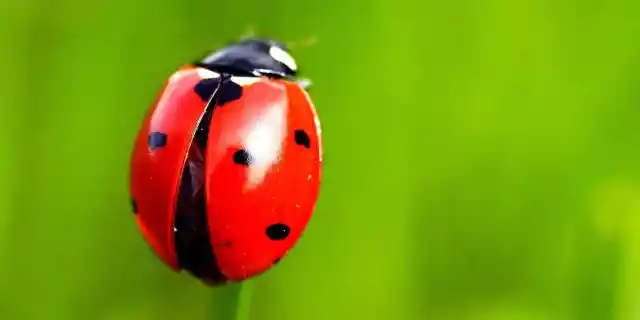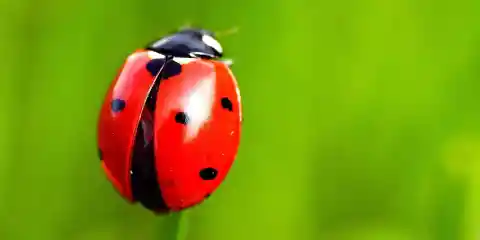

Insects for the most part may be a bit disgusting to look at but then you have the ladybug. This little bug is not only a collector’s item for children’s bug jars, but they can a good luck charm too. And they may be little things, but there is so much to know about them so here are few factoids you may not already know.
Number Fifteen: Their Name Is Deceiving
Ladybugs may have bug in their name, but they are actually beetles. They are also called ladybirds or ladybird beetles in Europe.
Number Fourteen: They Have Religious Significance
In Catholicism, praying to the Virgin Mary is common practice. During the Middle Ages this was a daily practice for farmers who’s fields were destroyed by pesky insects. They began praying to Mary asking her to save their crops and they soon began seeing little red and black beetles. They credited these bugs for keeping away the pests and their name became lady bugs.
Number Thirteen: A Ladybug’s Color Has A Purpose
Like other animals who have a certain pattern to them, a lady bug’s coloring is there for a reason, to warn predators. Birds and other animals tend to stay away from these bugs because of their red and black color which signals possible toxicity to would-be predators.
Number Twelve: They Could Be Cannibals
If food is scarce, a ladybug is a resourceful animal. They will result to eating each other if no other option is available.
Number Eleven: The Spots Have No Age Relation
The myth that you can tell a ladybug’s age by the number of spots is just not true. If you want to count the spots though, they could mean that the bug in question is of a specific species.
Number Ten: Not All The Eggs Laid May Be Fertile
Most animals tend to lay fertile eggs but ladybugs may be the exception to this rule. Scientists believe that lady bugs may purposefully lay infertile eggs along with fertile ones as a source of food for larvae.
Number Nine: Winter Means Sleep
Once the summer weather ends, lady bugs will look for shelter during the winter. They like to hide behind bark or leaves but will move indoors for the season too. They will reemerge once spring arrives. Stay tuned for part two of our series on ladybugs coming soon!